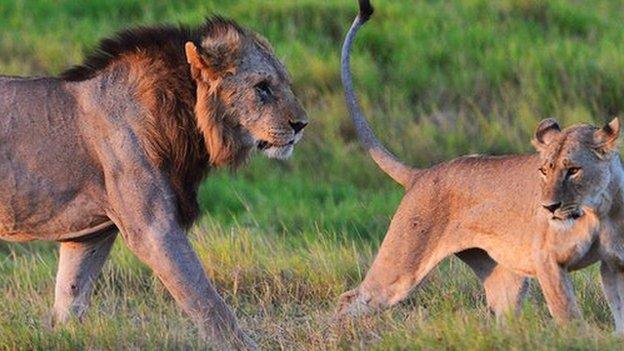What Cecil the lion means to Zimbabwe
- Published
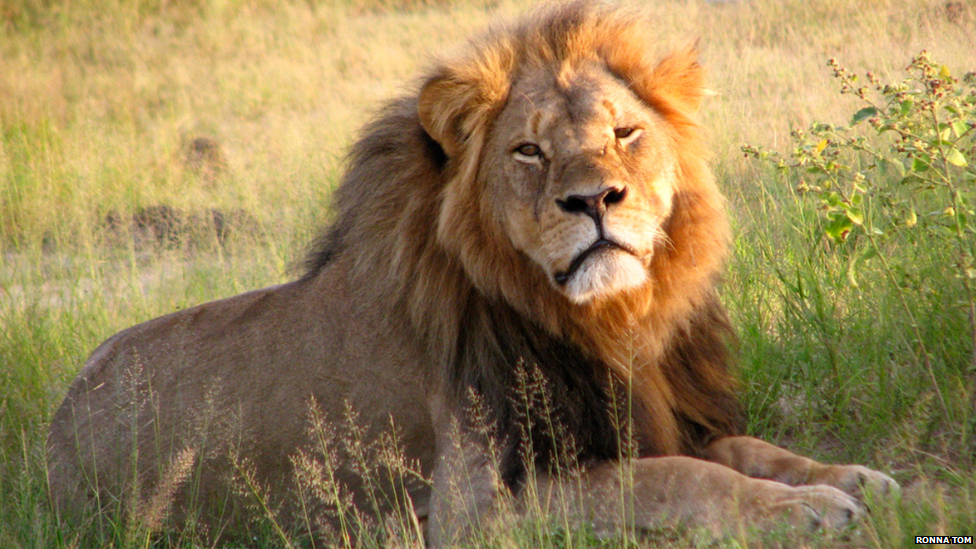
Zimbabweans feel somewhat bemused by the attention the world is giving to the killing of a lion, writes the film-maker and columnist Farai Sevenzo.
For a country that has been largely left to its own fate, the sudden spike in international interest in Zimbabwe did not come from the high unemployment figures, the food shortages, the state persecution of vendors, the lack of medicines, the lack of cash - but from a lion named "Cecil" by conservationists.
Cecil was killed by a US dentist fond of hunting, who was once fined for killing a bear in his own country outside the permitted hunting area.
The lion's death has not registered much with the locals - and for most Zimbabweans the name is more associated with the British imperialist diamond digger Cecil John Rhodes, serving as a reminder that the country once bore the name Rhodesia.
Indeed for the Zimbabwe press this explains "the saturation coverage on the demise of his namesake, external", and they have been reminding us that tourism and hunting are "mired in elitism, external".
As names go, it was a curious choice for a Zimbabwean lion - it would be like Asmara Zoo calling a lion Benito in a not so subtle nod to Mussolini, Eritrea's Italian coloniser.
Those hoping not to offend in future may wish to clear lion names with a relevant ministry.
'Safari cool'
One hundred years ago the colonisers were wiping out animals as a kind of rite of passage throughout sub-Saharan Africa.
"Safari cool" was popularised by the 26th US President Theodore "Teddy" Roosevelt and American writer Ernest Hemingway, before hunting as conservation became acceptable.

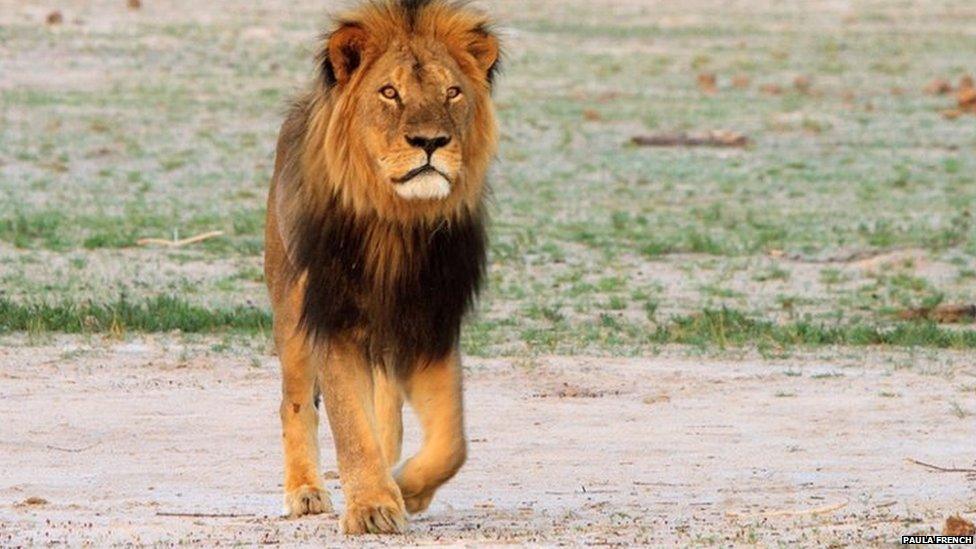
Cecil the lion
A major tourist attraction in Hwange National Park - Zimbabwe's largest game reserve
The 13-year-old animal was renowned for being friendly towards visitors
Recognisable because of his large size and distinctive black mane
Led two prides containing six lionesses and 12 cubs along with another lion, Jericho
Was being monitored as part of an Oxford University study into lion conservation

In this new century folk are a bit more sentimental, and scientists studying the lions in their habitat are making us sensitive to the fact that growing human populations are decreasing the living space of beasts.
In reality though, the lion is caught between the rock of his ever-shrinking jungle and the hard place that is legalised hunting.
Hunting brings in $616m (£395m) into South Africa's national coffers every year and trophy hunting is permitted all year round in Zimbabwe - and a brief web search will tell you how much you can expect to spend on bagging a warthog, a hyena, a giraffe, an elephant or a lion.
Hunting, and to a large extend, conservation, remains a "white man's game" throughout southern Africa.
The professional hunters are often white Zimbabweans, white South Africans or white Zambians who, in turn are visited by other white folk with huge disposable income - like the cricketer Glen McGrath or the former Spanish King Juan Carlos - or the American dentist from Minnesota who paid $50,000 to kill Cecil.
When the local press call the hunting culture "elitist", they may be referring to these visitors who ghost in on chartered flights from South Africa, live in lodges far from the locals, kill wild game and head back to their Western capitals to await the delivery of their severed heads.
It is impossible for some of us to understand the thrill for the hunter, or why hunting remains so attractive to some men and some women - the dentist has been pictured with dead leopards too, and there are photographs of a graceful giraffe bloodied on the floor with some hunter standing over it.
The late US conservationist Edward Abbey once wrote: "Whenever I see a photograph of some sportsman grinning over his kill, I am always impressed by the striking moral and aesthetic superiority of the dead animal to the live one."
Lions in Africa
35,000
Max estimated lion population
12,000
Max lion population in southern Africa
-
665 Approx number of 'trophy' lions killed for export from Africa per year
-
49 Lion 'trophies' exported from Zimbabwe in 2013
-
0.29% Contribution to GDP of Zimbabwe from trophy hunting
-
17% Of Zimbabwe's land given to trophy hunting
Despite the divided trenches of "to hunt" or "not to hunt", money is the bottom line.
The vast sums of money involved will have had a double-edged impact on Zimbabwe's struggling economy.
Just how much of the cash is ending up in the national coffers or helping conservation efforts is unknown, but it is also true that a scramble to own game ranches has been at play now for some time amongst Zimbabwe's powerful.
The first lady herself was accused of allegedly displacing farm workers to make way for wild animals as she tried to turn the land into a game ranch. A court order has halted the evictions, which government has denied were linked to Grace Mugabe.
Even the two men brought before the courts over this incident provide us with a microcosm of Zimbabwe's new reality after its land reform, with a black landowner, who is yet to be charged, and his white ranger, who has pleaded not guilty to aiding the rich dentist.
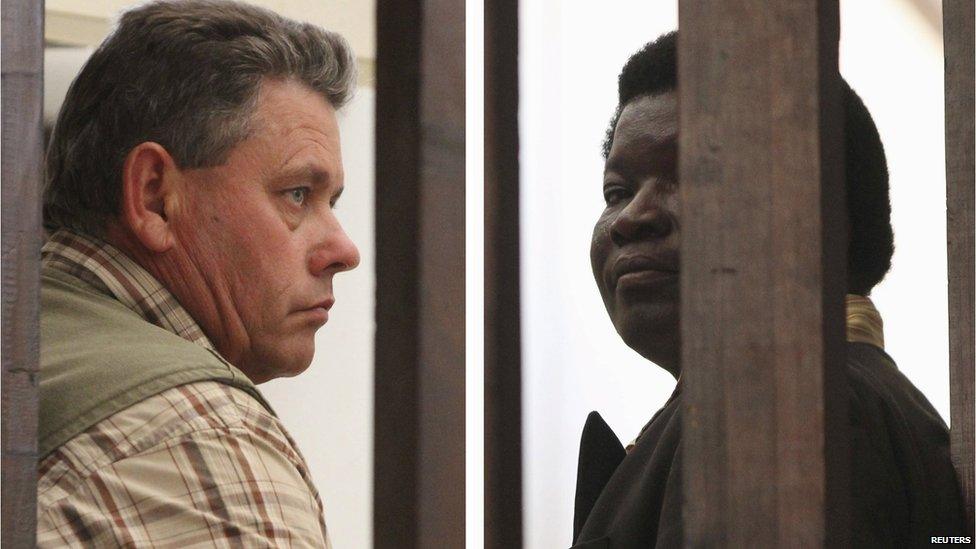
Hunter Theo Bronkhorst (left) and landowner Honest Ndlovu are implicated in the killing of Cecil
The prosecutors believe it was a crime - a lion was shot with a bow and arrow after being lured out of its protected zone, only to die 40 hours later from a bullet, and all the while wearing a GPS collar which ought to have made it immune to a hunter's fancy.
The most notorious lion in Zimbabwe was one that once roamed villages in Kariba eating people at sunset.
The villagers ironically called the man eater "Maswera Sei", meaning "How was your day?"
Because he was too old, the lion hunted humans, the easiest prey of all.
With the wrath of social media, the dentist may be feeling like a hunted animal himself, but unlike Cecil - he lives to hunt again.
- Published29 July 2015
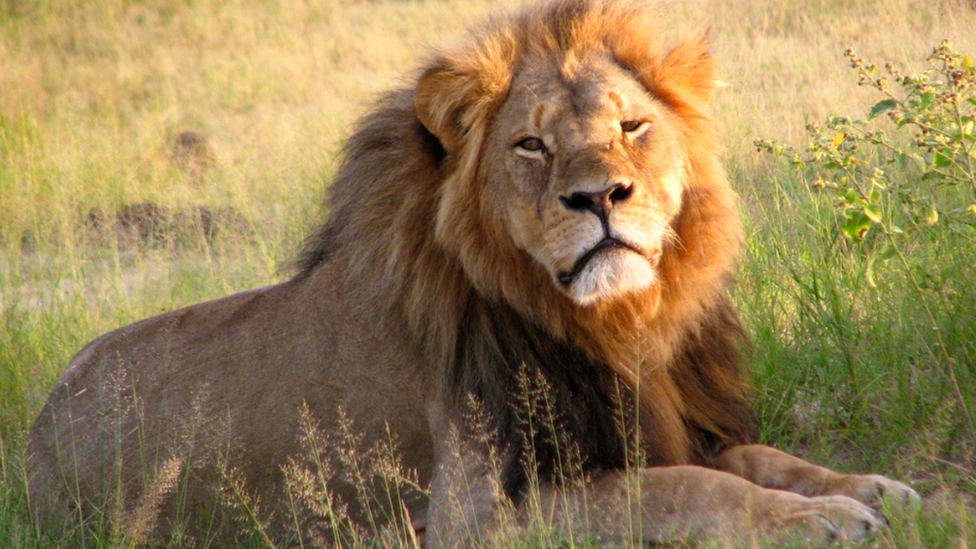
- Published29 July 2015

- Published24 February 2015

- Published18 March 2015
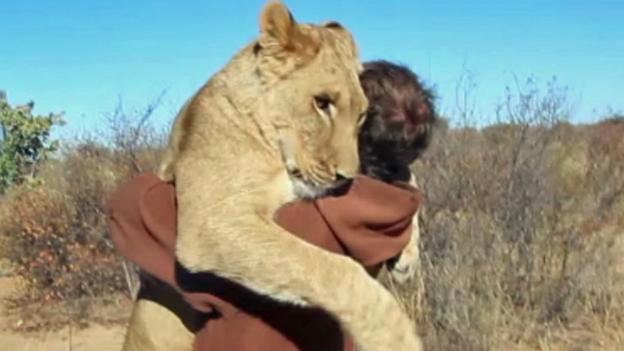
- Published5 December 2012
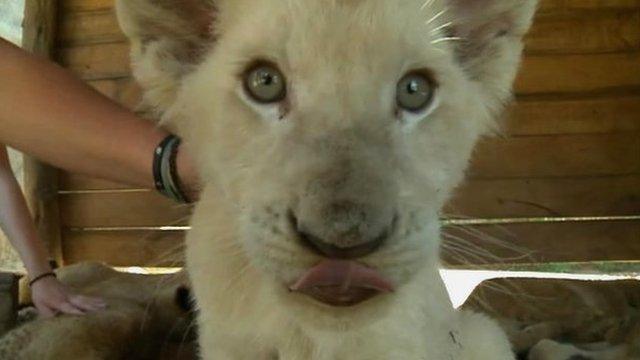
- Published25 May 2015
